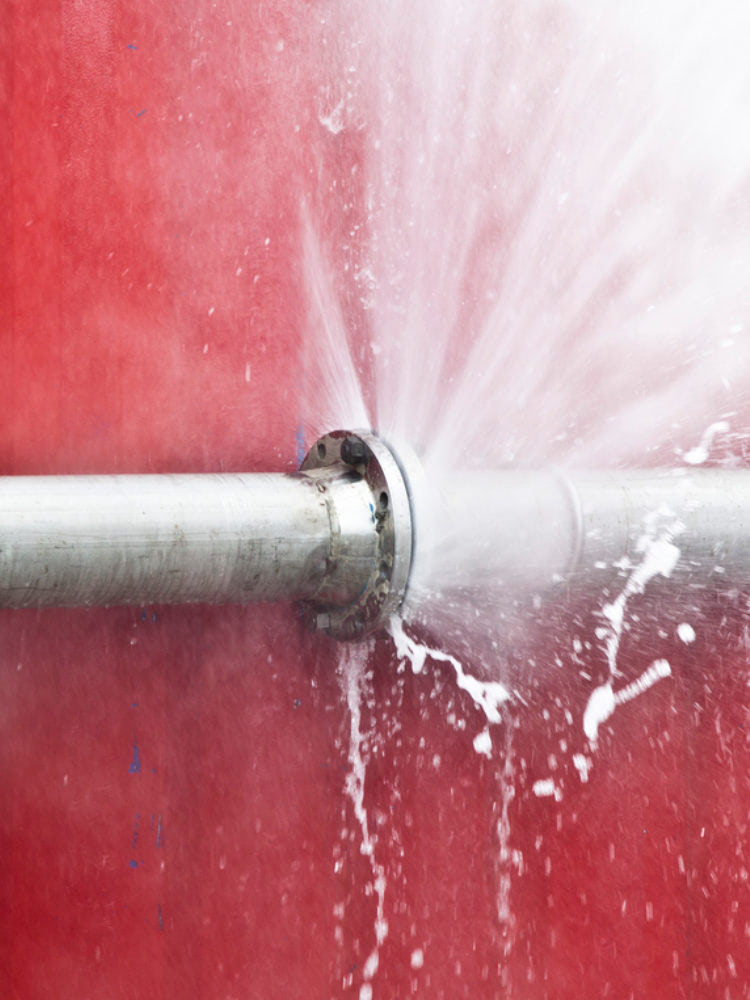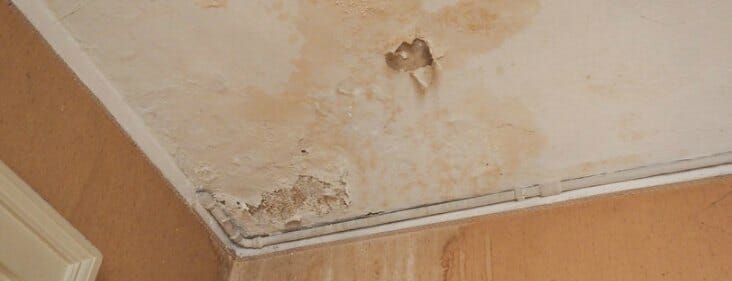Your Residential Most Typical Leak Triggers: Examination
Your Residential Most Typical Leak Triggers: Examination
Blog Article
Every person may have their private idea when it comes to How to detect water leaks in your home.

Leaks not just cause waste of water but can additionally create unnecessary damages to your house and also advertise unwanted organic development. By recognizing and looking for day-to-day circumstances that cause leaks, you can protect your home from future leaks and unneeded damage.
Encroaching roots
The majority of water leaks begin outside the home instead than inside it. You may discover damp spots or sinkholes in your lawn, as well as that may imply that tree origins are getting into water lines creating water to seep out.
Corroded water systems
As time passes by, your plumbing system ages and also deterioration such as rust may start gnawing the pipes. This could be the reason for discoloration or bending on your pipes. This calls for an inspection with your plumber right away. Think about replacing the pipelines given that they are at a higher risk of deterioration than the newer designs if our plumbing system is old.
Faulty Pipe Joints
Pipeline joints can degrade over time, resulting in water leaks. If you have loud pipes that make ticking or banging noises, specifically when the hot water is turned on, your pipeline joints are probably under a lot of pressure.
Immediate temperature changes.
Severe temperature modifications in our pipelines can trigger them to broaden and get suddenly. This expansion and tightening might cause cracks in the pipes, particularly if the temperature level are below cold.
Poor Water Connectors
At times, a leakage can be triggered by loosened pipes and also pipelines that provide your home appliances. In instance of a water links leak, you might see water running directly from the supply line or pools around your appliances.
Clogged Drains
Clogged drains may be frustrating as well as inconveniencing, but they can sometimes end up triggering an overflow bring about rupture pipelines. Maintain removing any materials that might decrease your drains that can block them to avoid such hassles.
All the above are causes of leaks yet not all water leaks arise from plumbing leakages; some leakages might come from roof covering leaks. All leaks need to be fixed right away to stay clear of water damages.
Leaks not only cause waste of water however can also create unnecessary damage to your house and also promote undesirable organic development. By comprehending as well as looking for day-to-day circumstances that create leaks, you can secure your home from future leaks and also unnecessary damages. Today, we will look at 6 leak causes that may be causing your pipelines to drip.
At times, a leakage can be created by loosened hose pipes and pipes that provide your home appliances. In instance of a water connections leak, you may observe water running straight from the supply line or pools around your devices.
How To Check For Water Leak In Your Home
How To Check for Leaks
The average household's leaks can account for nearly 10,000 gallons of water wasted every year and ten percent of homes have leaks that waste 90 gallons or more per day. Common types of leaks found in the home are worn toilet flappers, dripping faucets, and other leaking valves. These types of leaks are often easy to fix, requiring only a few tools and hardware that can pay for themselves in water savings. Fixing easily corrected household water leaks can save homeowners about 10 percent on their water bills.
To check for leaks in your home, you first need to determine whether you're wasting water and then identify the source of the leak. Here are some tips for finding leaks:
Take a look at your water usage during a colder month, such as January or February. If a family of four exceeds 12,000 gallons per month, there are serious leaks.
Check your water meter before and after a two-hour period when no water is being used. If the meter changes at all, you probably have a leak.
Identify toilet leaks by placing a drop of food coloring in the toilet tank. If any color shows up in the bowl after 10 minutes, you have a leak. (Be sure to flush immediately after the experiment to avoid staining the tank.)
Examine faucet gaskets and pipe fittings for any water on the outside of the pipe to check for surface leaks.
Undetected water leaks can happen without the home or business owner even realizing. If you suspect a water leak, but not able to find the source. It is time to contact a professional water leak detection service, The Leak Doctor.
How To Find a Water Leak In Your Home
https://www.leakdoctor.com/blog/How-To-Check-For-Water-Leak-In-Your-Home_AE197.html

Do you enjoy more info about Top Causes of Home Water Leaks? Write feedback down the page. We would be pleased to listen to your opinion about this page. We are looking forward that you visit us again before long. Be sure to set aside a second to share this entry if you enjoyed it. Many thanks for your time. Visit us again soon.
Apply Now Report this page